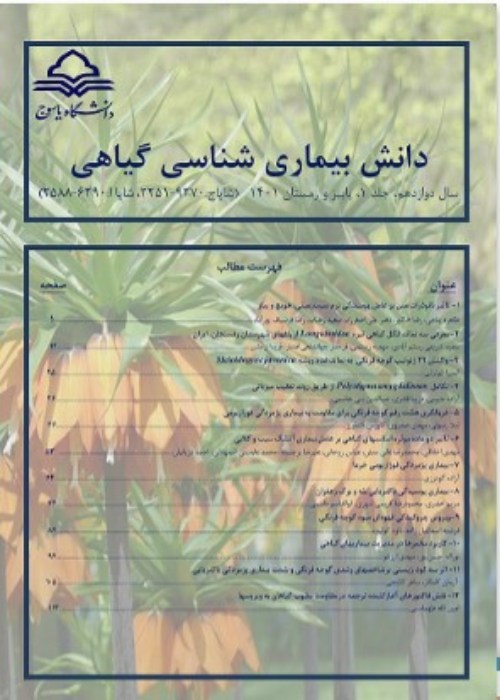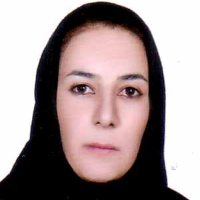Pathogenic variation of Didymella rabiei isolates causing Chickpea blight in three western provinces of Iran
Chickpea blight, caused by Didymella rabiei, is the most limiting factor in chickpea production areas in the world, including the western provinces of Iran. The aim of this study was to investigate the pathogenic diversity of the isolates collected from western provinces of Iran (Ilam, Lorestan and Kermanshah) on differential lines of chickpea, as well as the relationship between pathogenic diversity of the isolates and their geographical origins.
During the 2017-18 chickpea growing season, samples of infected plants were collected from fields in western provinces and transferred to the laboratory. Then 100 pure isolates of D. rabiei were obtained. Based on the location of collection, the isolates were divided into 20 groups. Based on the morphological characteristics, one isolate from each group was selected as a representative for greenhouse experiments. The pathogenic diversity of theses 20 isolates was assessed on eight differential lines of chickpea. The factorial experiments were performed in a completely randomized block design under greenhouse conditions.
The results of analysis of variance showed that there was a significant difference between differential lines and isolates at a probability level of p<0.01. Based on the response of the differential lines, the pathogenic isolates were grouped into three pathogenic groups, including pathogenic group 1 (weakly aggressive), group 2 (aggressive or moderately aggressive), and group 3 (highly aggressive). The isolates from Kermanshah and Lorestan Province were classified into Group 1 and the Ilam isolates into Groups 1, 2 and 3. The greatest severity of the disease was found in three isolates of Ilam province. The variety ILC3996 showed the highest resistance to all isolates.
D. rabiei isolates from three western provinces of Iran are divided into three pathogenic groups: 1 (low aggressive), 2 (moderately aggressive), and 3 (highly aggressive). Highly aggressive isolates identified in Ilam province can be used in chickpea breeding programs to produce resistant cultivars to the disease.. The wild variety ILC3996 has resistant genes against these pathogenic groups and showed resistance to all of these isolates.
- حق عضویت دریافتی صرف حمایت از نشریات عضو و نگهداری، تکمیل و توسعه مگیران میشود.
- پرداخت حق اشتراک و دانلود مقالات اجازه بازنشر آن در سایر رسانههای چاپی و دیجیتال را به کاربر نمیدهد.



